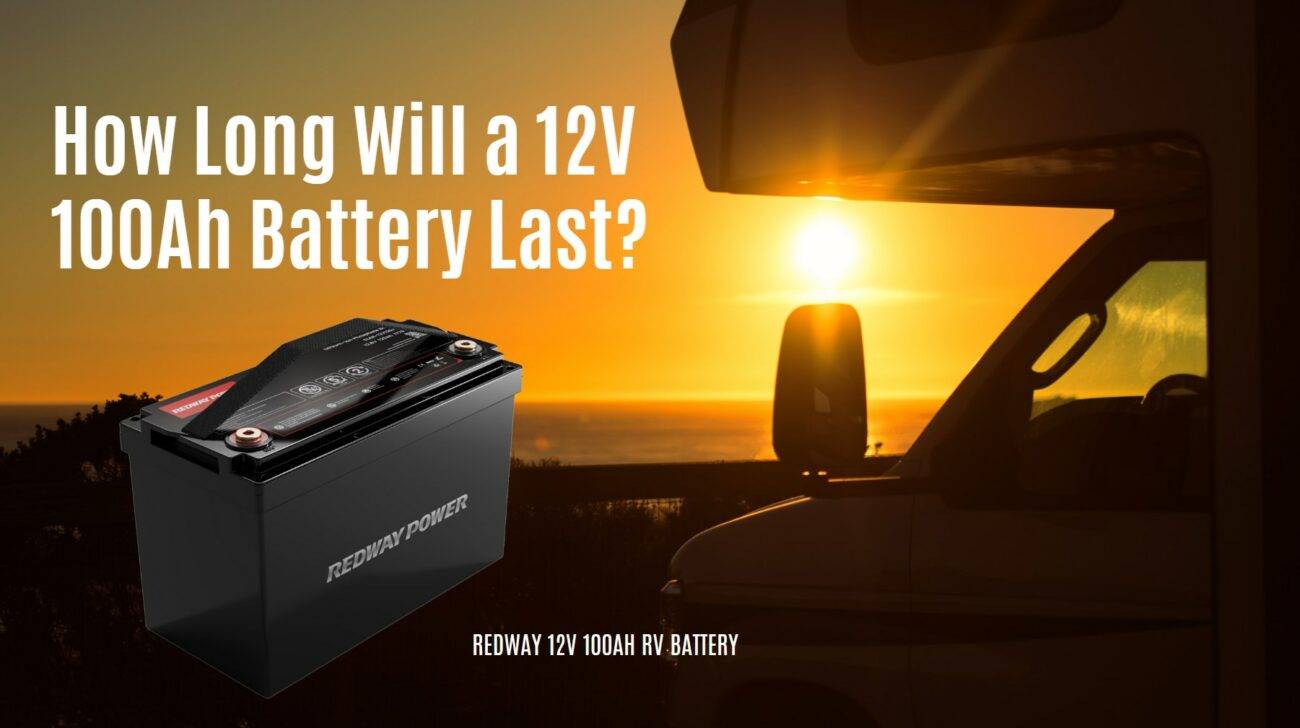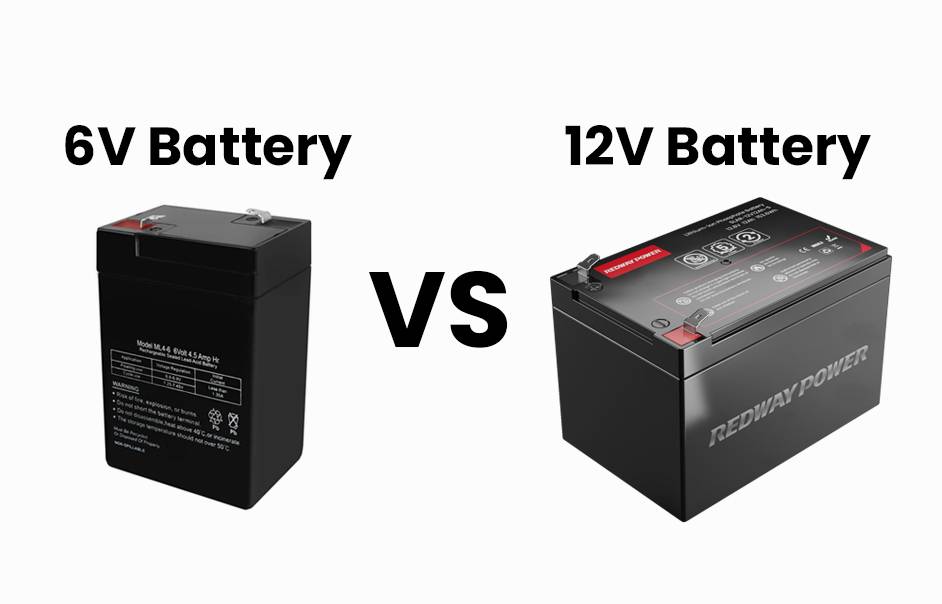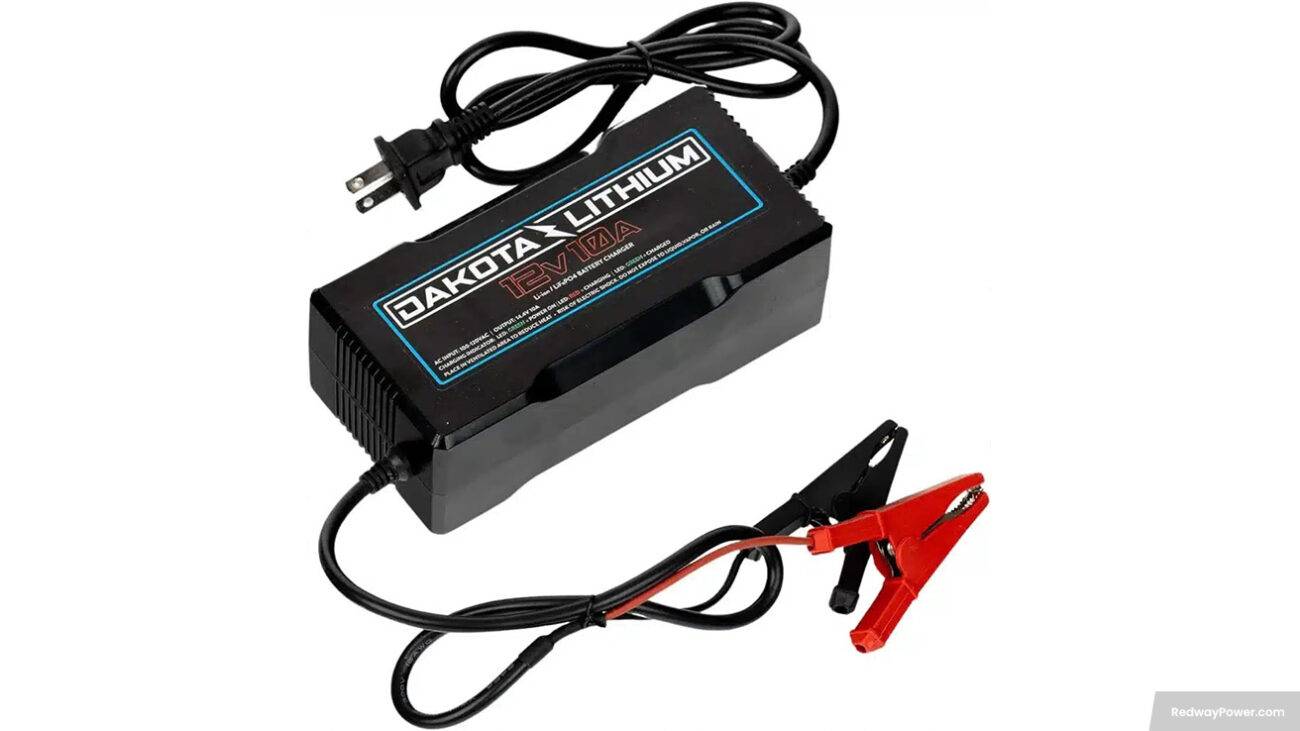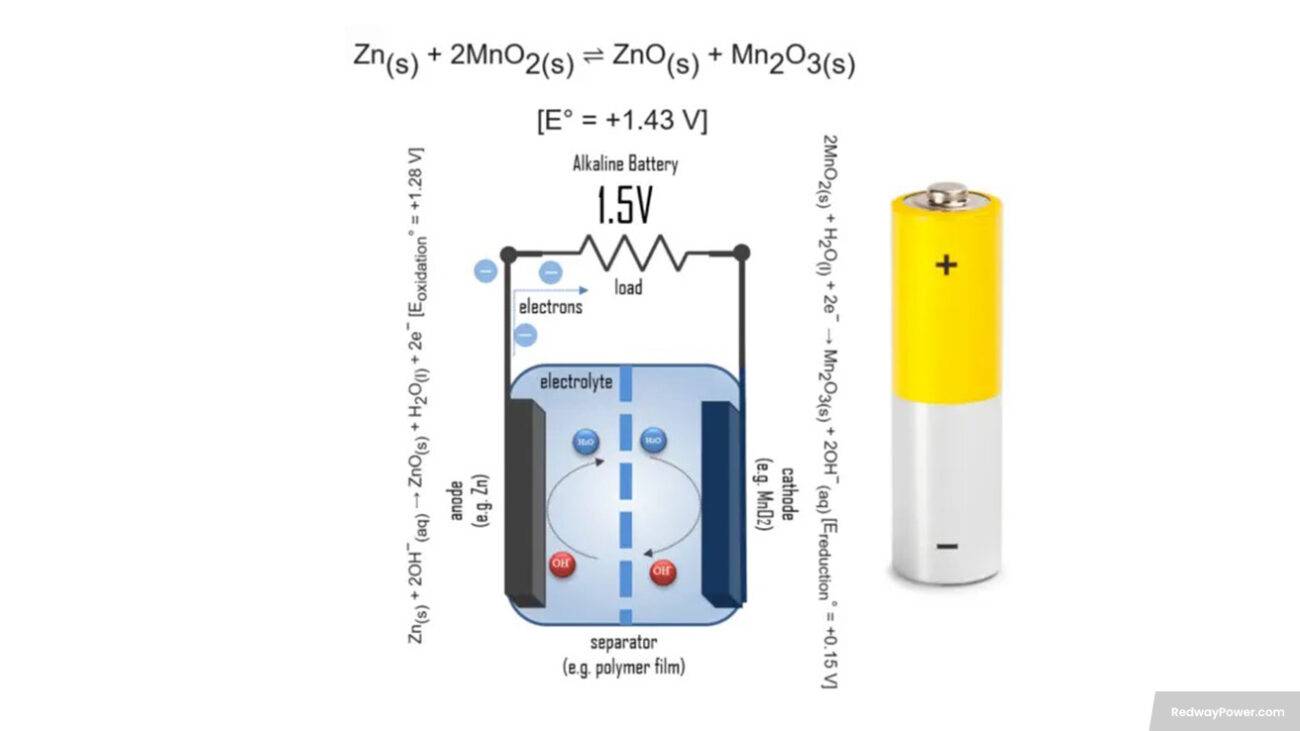- Rack-mounted Lithium Battery
- Golf Cart Lithium Battery
-
Golf Cart Lithium Battery
- 36V 50Ah (for Golf Carts)
- 36V 80Ah (for Golf Carts)
- 36V 100Ah (for Golf Carts)
- 48V 50Ah (for Golf Carts)
- 48V 100Ah (Discharge 100A for Golf Carts)
- 48V 100Ah (Discharge 150A for Golf Carts)
- 48V 100Ah (Discharge 200A for Golf Carts)
- 48V 120Ah (for Golf Carts)
- 48V 150Ah (for Golf Carts)
- 48V 160Ah (Discharge 100A for Golf Carts)
- 48V 160Ah (Discharge 160A for Golf Carts)
-
Golf Cart Lithium Battery
- Forklift Lithium Battery
- 12V Lithium Battery
- 24V Lithium Battery
- 36V Lithium Battery
- 48V Lithium Battery
-
48V LiFePO4 Battery
- 48V 50Ah
- 48V 50Ah (for Golf Carts)
- 48V 60Ah (8D)
- 48V 100Ah (8D)
- 48V 100Ah
- 48V 100Ah (Discharge 100A for Golf Carts)
- 48V 100Ah (Discharge 150A for Golf Carts)
- 48V 100Ah (Discharge 200A for Golf Carts)
- 48V 150Ah (for Golf Carts)
- 48V 160Ah (Discharge 100A for Golf Carts)
- 48V 160Ah (Discharge 160A for Golf Carts)
-
48V LiFePO4 Battery
- 60V Lithium Battery
-
60V LiFePO4 Battery
- 60V 20Ah
- 60V 30Ah
- 60V 50Ah
- 60V 50Ah (Small Size / Side Terminal)
- 60V 100Ah (for Electric Motocycle, Electric Scooter, LSV, AGV)
- 60V 100Ah (for Forklift, AGV, Electric Scooter, Sweeper)
- 60V 150Ah (E-Motocycle / E-Scooter / E-Tricycle / Tour LSV)
- 60V 200Ah (for Forklift, AGV, Electric Scooter, Sweeper)
-
60V LiFePO4 Battery
- 72V~96V Lithium Battery
- E-Bike Battery
- All-in-One Home-ESS
- Wall-mount Battery ESS
-
Home-ESS Lithium Battery PowerWall
- 24V 100Ah 2.4kWh PW24100-S PowerWall
- 48V 50Ah 2.4kWh PW4850-S PowerWall
- 48V 50Ah 2.56kWh PW5150-S PowerWall
- 48V 100Ah 5.12kWh PW51100-F PowerWall (IP65)
- 48V 100Ah 5.12kWh PW51100-S PowerWall
- 48V 100Ah 5.12kWh PW51100-H PowerWall
- 48V 200Ah 10kWh PW51200-H PowerWall
- 48V 300Ah 15kWh PW51300-H PowerWall
PowerWall 51.2V 100Ah LiFePO4 Lithium Battery
Highly popular in Asia and Eastern Europe.
CE Certification | Home-ESS -
Home-ESS Lithium Battery PowerWall
- Portable Power Stations
How to Calculate the Lifetime of a 12V Battery: A Comprehensive Guide

Calculating the lifetime of a 12V battery is essential for understanding its performance and ensuring optimal usage. Factors such as discharge cycles, capacity, and environmental conditions all play critical roles in determining how long a battery will last. This comprehensive guide provides insights into these factors and offers practical calculations for estimating battery life.
What factors influence the lifespan of a 12V battery?
Several key factors influence the lifespan of a 12V battery:
- Battery Chemistry: Different types (lead-acid, lithium-ion, etc.) have varying lifespans.
- Depth of Discharge (DoD): Regularly discharging a battery deeply can significantly reduce its lifespan.
- Temperature: Extreme temperatures can accelerate degradation and affect performance.
Chart: Factors Influencing Battery Lifespan
| Factor | Impact on Lifespan |
|---|---|
| Battery Chemistry | Determines inherent lifespan characteristics |
| Depth of Discharge | Deeper discharges lead to faster wear |
| Temperature | High/low extremes can shorten lifespan |
How can you estimate the capacity of a battery?
To estimate the capacity of a 12V battery:
- Check Manufacturer Specifications: Look for amp-hour (Ah) ratings on the label.
- Use a Multimeter: Measure voltage under load to assess real-time performance.
- Calculate Based on Usage: Consider how much current (in amps) your devices draw and for how long.
What is the impact of discharge cycles on battery life?
Discharge cycles directly affect battery life:
- Lead-Acid Batteries: Typically rated for about 300 to 500 cycles, depending on depth of discharge.
- Lithium-Ion Batteries: Can handle up to 2000 cycles with proper management, offering more flexibility in usage.
Why is it important to know your battery’s capacity?
Knowing your battery’s capacity is crucial because:
- Performance Optimization: Helps ensure that your devices receive adequate power.
- Planning Usage: Allows you to calculate how long your devices will run before needing a recharge.
How do you calculate the expected lifetime of a battery?
To calculate expected lifetime:
- Determine Capacity (Ah): Find the amp-hour rating from the manufacturer.
- Estimate Daily Usage (A): Calculate how many amps your devices will use per day.
- Use the Formula:
Lifetime hours =Capacity Ah Usage A
For example, if you have a 100Ah battery and use an average of 10A, then:
Lifetime=100Ah10A=10 hours
Chart: Example Calculation
| Capacity (Ah) | Average Usage (A) | Estimated Lifetime (Hours) |
|---|---|---|
| 100 | 10 | 10 |
| 200 | 20 | 10 |
| 150 | 15 | 10 |
What are common applications for 12V batteries?
Common applications include:
- Automotive Use: Starting engines and powering accessories.
- Recreational Vehicles: Powering lights, appliances, and electronics in RVs and boats.
- Solar Energy Storage: Storing energy generated from solar panels for later use.
How does temperature affect battery performance and lifespan?
Temperature impacts batteries significantly:
- High Temperatures: Can lead to increased self-discharge rates and accelerate deterioration.
- Low Temperatures: Reduce chemical reaction rates, resulting in decreased capacity and performance.
Chart: Temperature Effects on Battery Performance
| Temperature Range | Effect on Performance |
|---|---|
| Below -20°C (-4°F) | Reduced capacity; sluggish performance |
| 20°C – 25°C (68°F – 77°F) | Optimal performance and efficiency |
| Above 40°C (104°F) | Increased wear; potential overheating |
What maintenance practices can extend the life of a 12V battery?
To extend your battery’s life:
- Regular Charging: Avoid deep discharges by recharging after each use.
- Clean Terminals: Keep terminals free from corrosion to ensure good connections.
- Monitor Water Levels: For lead-acid batteries, maintain appropriate electrolyte levels.
Why should you monitor your battery’s state of charge?
Monitoring state of charge is important because:
- Prevents Damage: Keeping track helps avoid over-discharging or overcharging, both detrimental to lifespan.
- Optimizes Performance: Ensures that devices receive consistent power without interruptions.
Industrial News
The market for batteries continues to evolve with advancements in technology aimed at improving efficiency and longevity. Recent innovations in lithium-ion technology have made these batteries more accessible for various applications, including renewable energy storage. As consumers become more aware of sustainability issues, demand for efficient energy storage solutions like solar-powered systems is increasing.Expert Insight
“Understanding how different factors affect the performance and lifespan of batteries is essential for maximizing their utility,” says Dr. Lisa Reynolds, an energy storage specialist. “By following best practices in maintenance and monitoring, users can significantly enhance their experience while reducing costs over time.”

























